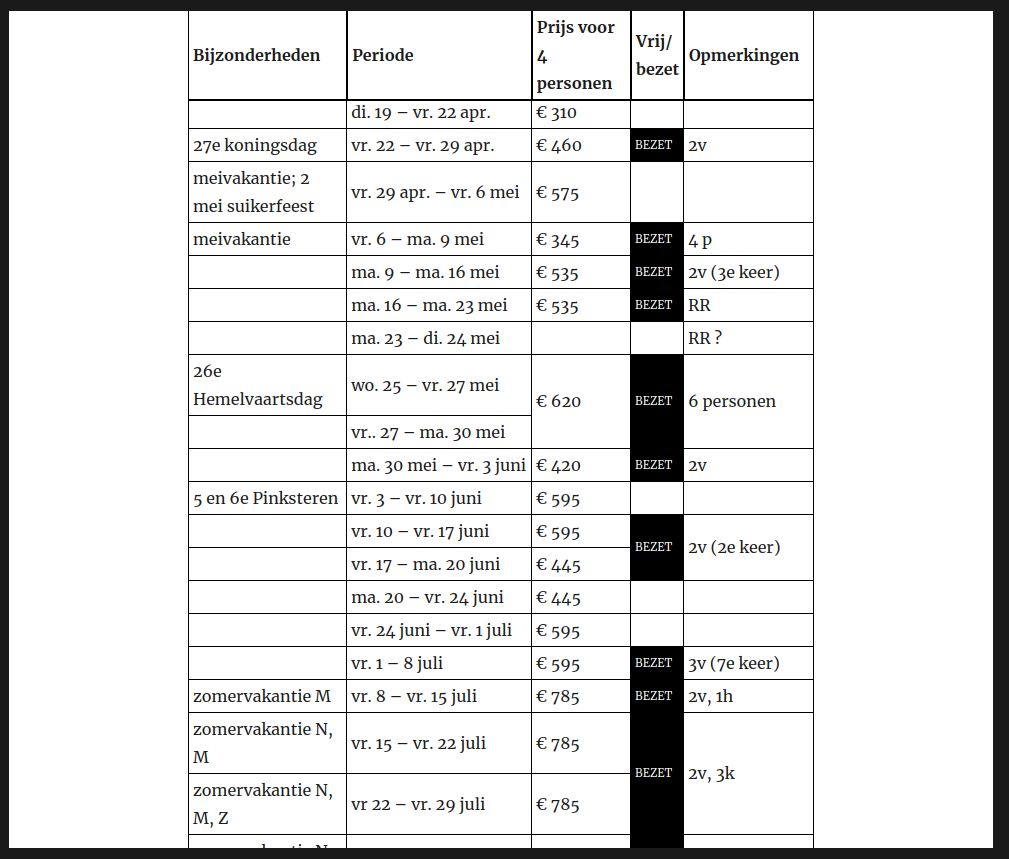Now that I am dedicated to becoming a somewhat decent C programmer, I need to master pointers. Last week, I leveled up in my pointer usage by debugging a particularly nasty segfault. It took the help of gdb (the GNU Project Debugger) for me to notice that my segfault was accompanied by very weird values for some increment counters, while the pointer involved was a char* pointer, not a pointer to an int.
GDB
First, some notes on the GNU Project Debugger: it’s excellent! And … it’s easy to use. I have no idea why looong ago, when as a budding programmer I was trying to use it, I had so much trouble using it that it stuck into my memory as a very tough tool to use. Well, this is not the same brain anymore, so time to get rid of all these printf() statements everywhere (that I wouldn’t dare use in a programming language that I do have some fluency in, mind you!) [lines of shame: L45, L100, L101, L119 ].
With the help of gdb xjot-to-xml (and then, from within GDB, run < my-test-file.xjot), I noticed that some of the ints I used to track byte, line and column positiion had ridiculously high values for the input line, especially since I was pretty sure that my program crashed already on the first character.
In GDB, such things are easy to find out: you can very simply set a breakpoint anywhere:
break 109
run < tests/element-with-inline-content.xjot
Starting program: /home/bigsmoke/git/xjot/xjot-to-xml < tests/element-with-inline-content.xml
a
b
Breakpoint 1, _xjot_to_xml_with_buf (in_fd=537542260, out_fd=1852140901, buf=0x6c652d746f6f723c, buf_size=1024)
at xjot_to_xml.c:109
109 byte = ((char*)buf)[0];
From there, after hitting the breakpoint, I can check the content of the variable n that holds the number of bytes read by read() into buf.
print n
$1 = 130
So, the read() function had read 130 bytes into the buffer. Which makes sense, because element-with-inline-content.xjot was 128 characters, and the buffer, at 1024 bytes, is more than sufficient to hold it all.
But, then line_no and col_no variables:
(gdb) print line_no
$2 = 1702129263
(gdb) print col_no
$4 = 1092645999
It took me a while to realize that this must have been due to a buffer overrun. Finally, I noticed that I was feeding the address of the buf pointer to read() instead of the value of the pointer.
(I only just managed to fix it before Wiebe, out of curiosity to my C learning project, glanced at my code and immediately spotted the bug.)
The value of pointers
C is a typed language, but that doesn't mean that you cannot still very easily shoot yourself in the foot with types, and, this being C, it means that it's easiest to shoot yourself in the foot with the difference between pointers and non-pointers.
I initialized my buffer as a plain char array of size XJOT_TO_XML_BUFFER_SIZE_IN_BYTES. Then, the address of that array is passed to the _xjot_to_xml_with_buf() function. This function expects a buf parameter of type void*. (void* pointers can point to addresses of any type; I picked this “type”, because read() wants its buffer argument to be of that type.)
What went wrong is that I then took the address of void* buf, which is already a pointer. That is to say: the value of buf is the address of buffer which I passed to _xjot_to_xml_with_buf() from xjot_to_xml().
When I then took the address of the void* buf variable itself, and passed it to read(), read() started overwriting the memory in the stack starting at that address, thus garbling the values of line_no and col_no in the process.
The take-home message is: pointers are extremely useful, once you develop an intuition of what they're pointing at. Until that time, you must keep shooting yourself in the foot, because errors are, as Huberman says, the thing that triggers neuroplasticity.






Recent Comments